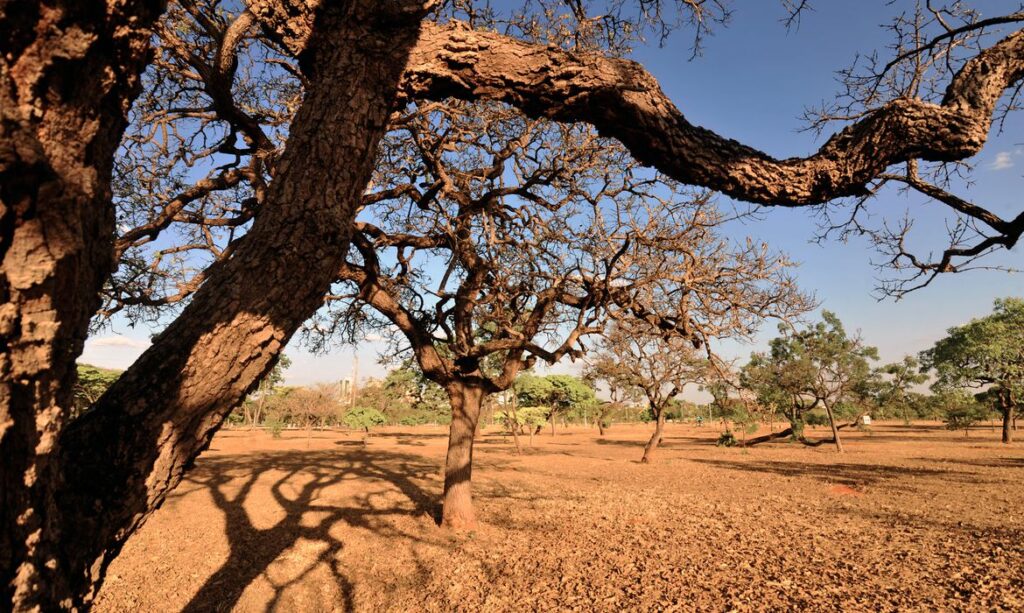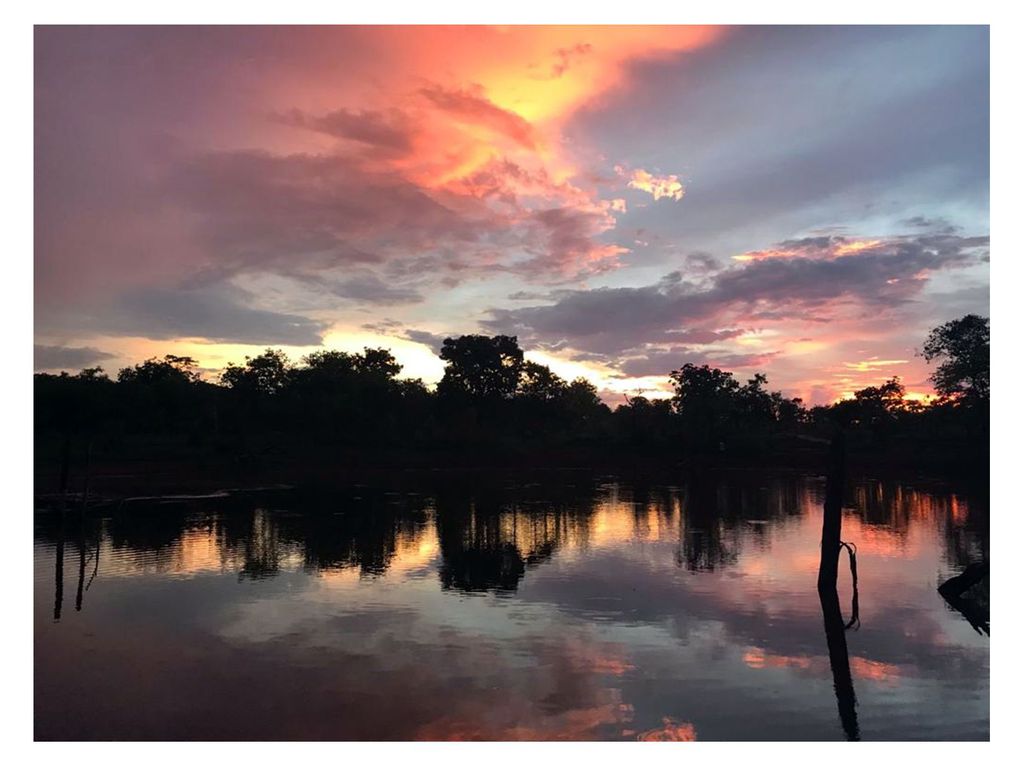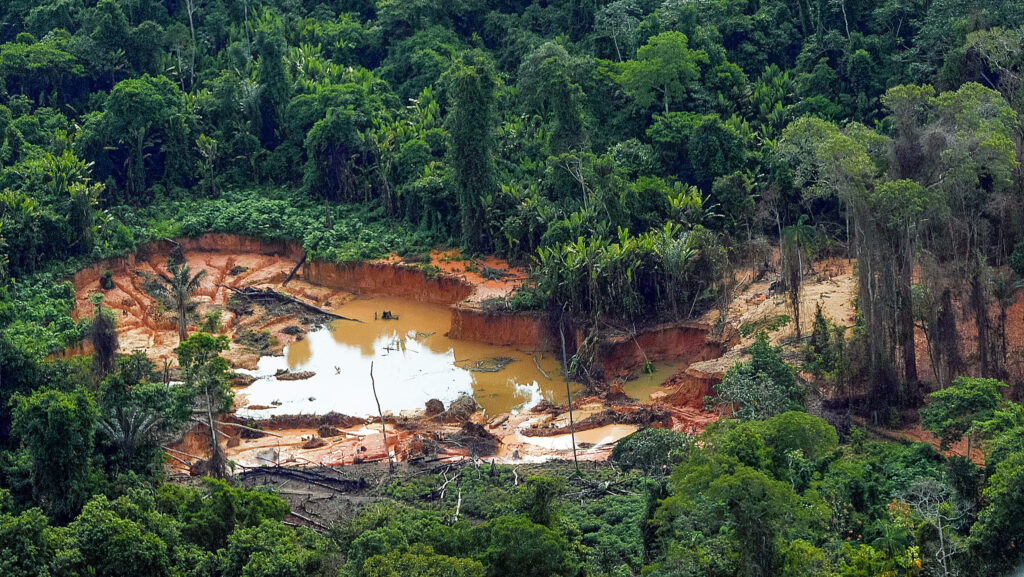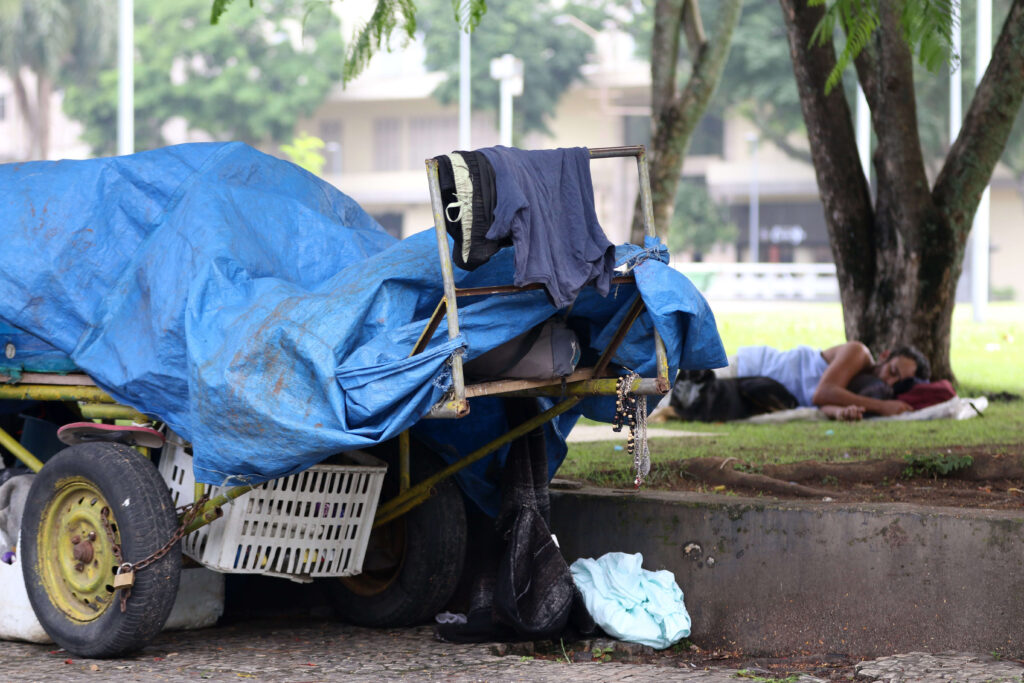São Paulo, Brazil – The Cerrado, a vast tropical savanna in Brazil and the country’s second largest biome after the Amazon rainforest, could lose 33.9% of its river flows by 2050, if the pace of agricultural exploitation remains at current levels. This volume of water corresponds to the flow of eight Nile rivers in Egypt.
The Cerrado occupies 22% of the Brazilian territory, in the center-east region, including the capital Brasília. The alert was made by Instituto Cerrados (Cerrados Institute), an NGO that works to protect the environment. They analyzed 81 river basins in the region, between 1985 and 2022, and discovered that there was a decrease in flow by 88% due to the growth of agriculture.
The study indicates that the cultivation of soybeans, corn and cotton, as well as livestock, have influenced the water cycle of the Cerrado. Also, according to the study, changes in land use resulting from deforestation caused a reduction in water flow in 56% of cases. The other 44% is associated with climate change.
“Deforestation for large-scale agriculture, which requires intense irrigation, changes the hydrological cycle in a way that reduces the flow of rivers,” said the founder and director of Cerrados Institute, Yuri Botelho Salmona.
According to the National Water Agency (ANA), a federal government agency, 68% of Brazil’s water resources are consumed by agriculture. Added to livestock, 80% of the water is committed to agribusiness.
According to the NGO Mapbiomas, which monitors land use in Brazil, 97% of deforestation in the Cerrado is caused precisely by agribusiness. “Our analysis indicates that we are embracing a future of uncertainty regarding the availability of water in the Cerrado,” said Salmona.
As for the climatic consequences, Salmona said that the study identified an increase in solar radiation in the Cerrado, which means that the region is getting warmer, impacting the flow of water. Another factor pointed out by the survey is the decrease in periods of rain.
“We are having more concentrated rains, in shorter periods, and the dry periods are longer. The same volume of water that used to fall in four, five months is falling in two, three. As a result, there is less ability to filter water into deep soil to make it available in a dry period,” he said.

The study concluded that, if deforestation rates do not have a drastic reduction, water scarcity will be a more common reality in less than 30 years, which will affect agriculture itself, electricity production, biodiversity and water supply of the population, especially during the dry seasons, in the winter.
Researcher Isabel Figueiredo said that the consequences of the loss of river flow could impact hydroelectric plants, the country’s main source of electricity. “The impact could transform many perennial rivers into intermittent rivers, which could affect our energy security, as Cerrado rivers are important for generating electricity at five large hydroelectric plants, including Itaipu,” she said.
Known as the “cradle of waters,” the Cerrado is home to springs from eight of the 12 most important river basins in Brazil. The second largest natural underground water reservoir in the world, made up of the Guarani and Urucuia aquifers, is located within the Cerrado.
The São Francisco River, which supplies the northeast region of Brazil, has 70% of its waters originating in the Cerrado, and the Paraná River, which supplies the Itaipu hydroelectric plant, has 47% of waters coming from the Cerrado.
Scream of the waters
The Society, Population and Nature Institute (ISPN), an NGO that supported the study on Cerrado waters, highlighted the need to implement specific public policies for the Cerrado, which guarantee environmental conservation and the protection of traditional communities and family farmers, the most affected by water shortages.
The lack of water in the land occupied by these families makes food production more difficult and intensifies the process of rural exodus and an increase in poverty and hunger. The institute’s public policy adviser, Guilherme Eidt, said that the Cerrado is at risk and needs attention as much as the Amazon.

“Cerrado’s surviving is essential for guaranteeing food security, water security, energy security, global climate security and maintenance of socio-biodiversity. The traditional communities and family farmers are essential for the conservation of the environment and for the climate balance,” he said.
In addition, experts and environmental protection NGOs also prepared a letter to the Brazilian authorities and the United Nations (UN) with a warning about the situation of the Cerrado rivers. In the letter, they highlight the importance of those rivers, where the largest drainage basins in South America are located, such as the Amazon and Prata basins.
“Basins that, throughout the national territory, provide water supply, agricultural and industrial activities and the generation of electricity, impacting the national economy and the lives of millions of Brazilians,” read the letter.
In order to seek solutions to the Cerrado’s problems, the creation of a working group was announced to articulate strategies, partnerships, dialogues, including at the international level, and the promotion of effective actions to protect the region’s waters.











